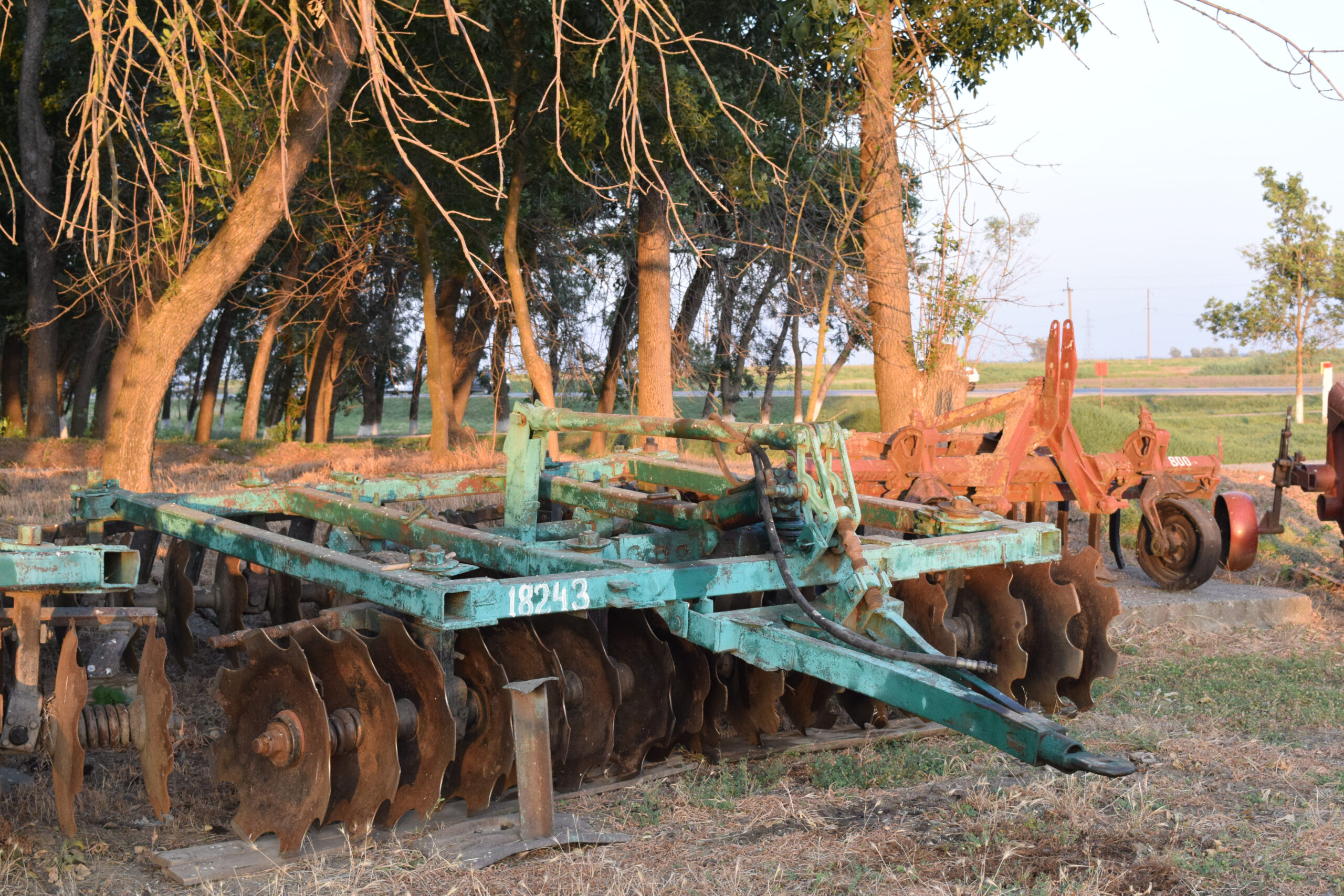Are you ready to start your own organic garden? If so, this beginner’s guide is for you! Organic gardening has become increasingly popular in recent years as more people seek out fresh produce that is free from pesticides and other chemicals. With the right plants, soil, and care, anyone can create a thriving organic garden at home. Let’s get started!
Introduction to Organic Gardening:
Organic gardening involves growing plants without using synthetic fertilizers or pesticides. Instead of relying on these harsh chemicals, organic gardeners use natural methods such as composting, crop rotation, and companion planting to keep their gardens healthy. By choosing organic gardening, you are not only creating a safer environment for yourself but also helping to protect the planet by reducing pollution caused by conventional farming practices.

Choosing the Right Plants and Seeds:
The first step in starting an organic garden is selecting the right plants and seeds. Choose varieties that are well-suited to your climate and growing conditions. You may want to consider heirloom vegetables, which have been passed down through generations because they offer unique flavors and hardiness. When purchasing seeds, look for those labeled “organic” or “non-GMO.” This ensures that you are getting high-quality seed stock that will grow into healthy plants.
Preparing Your Soil for Planting:
Once you have selected your plants and seeds, it’s time to prepare your soil for planting. The key to successful organic gardening is having healthy soil. Start by removing any weeds or debris from your garden bed. Then, add plenty of compost and other organic matter to enrich the soil. It’s essential to choose the right type of compost for your garden, so do some research beforehand. Mix the compost into the top few inches of soil with a spade or shovel.

Maintaining Your Organic Garden:
After you have prepared your soil and planted your seeds or transplanted your young plants, it’s time to maintain your organic garden. Keep the soil moist but not overwatered. Use mulch to help retain moisture and suppress weeds. Watch out for common garden pests like slugs and snails, and use natural remedies like diatomaceous earth or neem oil to control them. As your plants begin to mature, make sure to prune them regularly to encourage growth and prevent disease.
Harvesting Your Homegrown Goodness:
Finally, after all your hard work, it’s time to enjoy the fruits (and veggies!) of your labor. Harvest your crops when they are ripe and full of flavor. Be gentle when picking fruit or vegetables to avoid damaging them. Store your harvested food properly to extend its shelf life. And don’t forget to save some seeds from your best performing plants to reuse next year!
In conclusion, starting an organic garden doesn’t need to be complicated or intimidating. Follow these simple steps, and soon you’ll be enjoying delicious homegrown produce while supporting sustainable agriculture practices.



